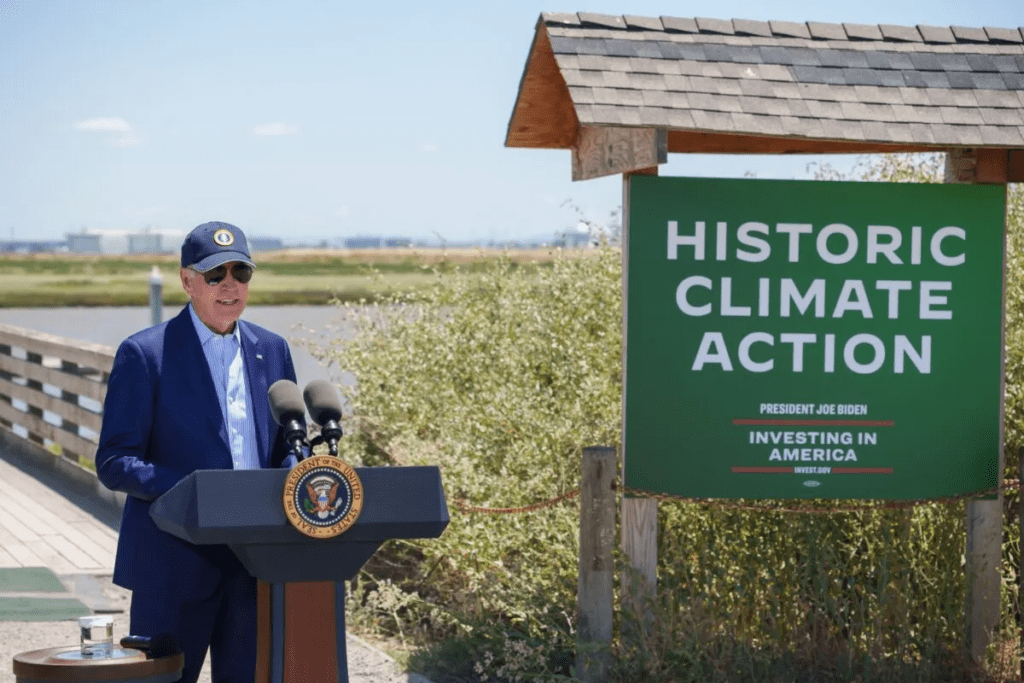Scientists around the world have made tremendous advances in the field of sustainable energy. The invention of a novel nanomaterial that can use solar energy to extract hydrogen from both freshwater and saltwater sources is one of them. Innovative technology for photosynthesizing bacteria has the potential to revolutionize hydrogen generation. It can pave the way for a non-polluting fuel and a promising energy storage medium. The prominent journal Nature Catalysis published a report detailing the mechanism by which scientists reproduced the particular light-sensing structure found in bacteria, enabling the development of a remarkable nanomaterial. This nanomaterial forms the basis of an artificial system that utilizes light energy through photocatalysis, a chemical reaction that produces hydrogen and other substances from water. Through the utilization of light, the scientists achieved the remarkable feat of transforming water into hydrogen, which holds immense potential for various applications such as fuel cells and industrial uses. This breakthrough nanomaterial marks substantial progress in the field of clean energy generation and carries wide-ranging implications.
Development commenced in partnership with a multinational group of researchers. The United Kingdom, Canada, China, and the United States collaborated with their researchers. The developed nanomaterial is solely powered by solar energy. Notably, this material can be used effectively in freshwater and saltwater settings without special temperature or pressure requirements. Drawing inspiration from nature, the scientists successfully engineered a water-stable nanomaterial, leading to this groundbreaking advancement. David Lee Phillips, a prominent scientist in physical chemistry at the University of Hong Kong emphasizes the significant achievement of the nanomaterial’s stability in regular water, which is a crucial breakthrough considering the inherent difficulties faced by many photocatalysis reactions in maintaining stability in water. Phillips and his research team are currently working on the development of photocatalysis toolkits with the objective of converting carbon dioxide into valuable substances. By adopting this innovative approach to catalysis at ambient temperature, the efficiency and cost-effectiveness of multiple processes are significantly enhanced, as it eliminates the requirement for intricate temperature and pressure regulation.
Similar Post
Conventional hydrogen production depends on electrolysis to split water into oxygen and hydrogen. However, by replicating the energy transfer mechanism observed in photosynthetic bacteria, the scientists identified a way to avoid the need for power in hydrogen synthesis. The research, which was published in Nature Catalysis, describes how the nanomaterial replicates the special structure of photosynthetic bacteria to permit the transformation of water into hydrogen. This hydrogen has diverse applications, particularly in industries such as fuel cells, methanol production, and aldehyde production. The nanomaterial system offers exceptional efficiency in industrial settings by producing high-quality products, such as pure hydrogen while minimizing impurities that could potentially compromise the effectiveness of these devices. Additionally, the researchers emphasize the promising prospects of integrating membranes into the process to selectively remove undesirable molecules, ensuring the production of specific and pure products. The impact of this groundbreaking technology is significant. The potential exists to upgrade the global energy industry and cause a fundamental change in the way energy is generated and utilized on a global level.
The development of electricity-free, solar-powered hydrogen extraction technologies offers a cleaner and more effective energy alternative for the future. Through continued research and practical implementation, these advancements have the potential to drive the world toward a sustainable and efficient energy paradigm. David Lee Phillips emphasizes the importance of improving the efficiency and durability of hydrogen production, as it can contribute to the longevity of solar panels and related devices. With the provision of efficient pathways using this novel system, there is a hopeful aspiration to conduct testing and successfully integrate it into practical applications.


















